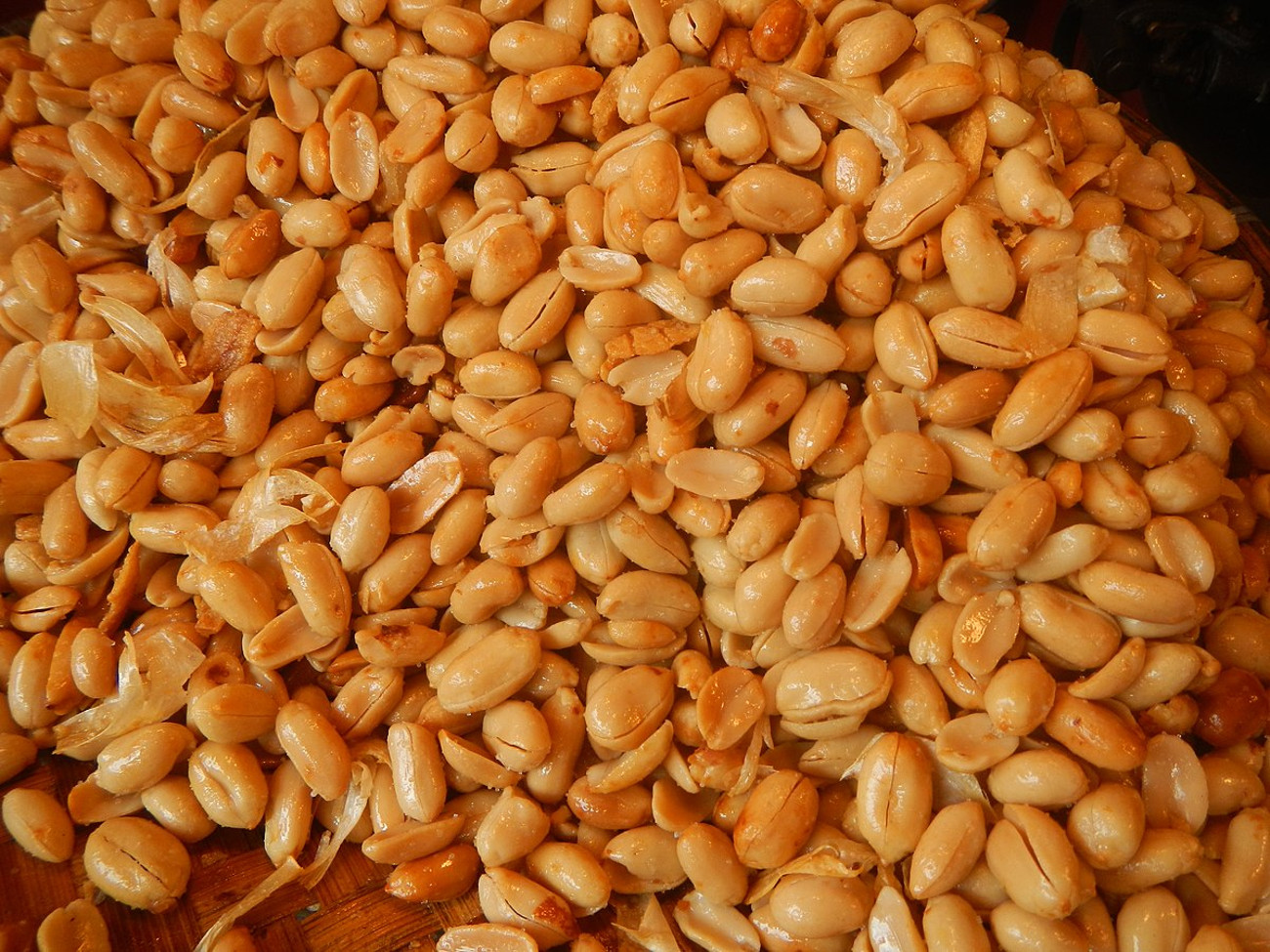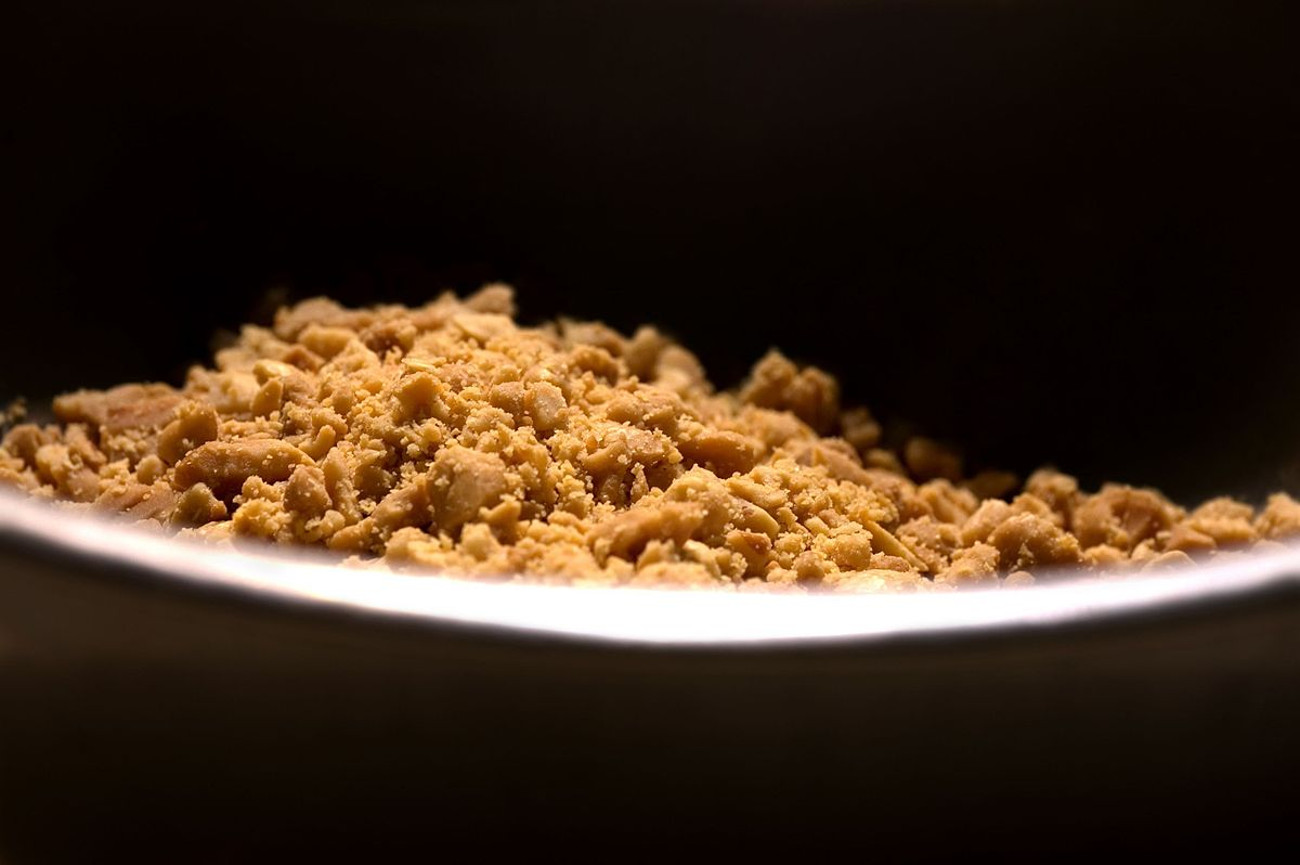I think we’ve seen the news and heard of the recalls that time and time again affect a beloved American staple – peanut butter. Recent peanut butter recalls have been linked to the dangerous pathogen salmonella, but it leaves me scratching my head – salmonella, the bacteria connected to raw meat and poultry? How does salmonella get into peanut butter, and why does that happen so often?

If you think the salmonella occurs in fresh food, you wouldn’t be completely wrong, raw foods like produce or meats which have little to no cooking, have increased chances of salmonella contamination. Since peanuts are roasted during the manufacturing process, one has to wonder why salmonella becomes present in a product that is neither raw nor fresh.

Making peanut butter is a multistep process, and during each step, there are high chances for contamination. Between shelling, roasting, and grinding, peanuts are sitting in holding containers awaiting the next step, and during this wait time, foreign matter from outside the facility (like leaking water infected with bird fecal matter) and within the facility (like rats or insects) can come in contact with the peanuts. Additionally, once there is water in a facility that needs to be watertight, the chances of salmonella increase dramatically, and it will only spread from there.

Many pathogens are becoming more and more heat resistant, meaning it takes more effort to remove the pathogens with heating, baking, or roasting. Regularly cleaning the machines, which are exposed to the pathogens, could decrease the chances of salmonella pathogenic mutations, but the time to do maintenance affects the labor output and sometimes can’t be done as needed. Roasting peanuts is the only step in the peanut butter-making process to remove contamination, and if the peanuts are exposed to salmonella during or after this process, there’s no way to remove it.

An interconnected and interdependent market of agriculture, production, and distribution makes it even harder to untangle food recalls, as many manufacturers are reliant on the same food supply networks. To make problems worse, there aren’t as many protocols with the food ingredients in manufacturing as there are for the finished manufactured product, meaning a lot of recalls happen too late, occurring after the product is produced and not when there were signs of contamination within the ingredients.

Peanut butter might not be a watery substance (salmonella loves moisture), but its high-fat environment is a perfect home for the deadly bacteria to survive for a prolonged period. The fat in peanut butter acts as a protectant barrier for the salmonella, allowing it to live in peanut butter for up to 24 weeks. As a ready-to-eat product, most people eat peanut butter straight out of the jar, but if there’s contamination within that jar, the likelihood of consumers contracting salmonella increases.
Though recalls are a good thing and voluntary recalls help prevent death, the rise in recalls is still disconcerting. If you are worried about recalls of specific foods, the FDA has a continually updated list of recalls here. If you think you have a jar of peanut butter affected by the recall, don’t consume it and safely discard it.















